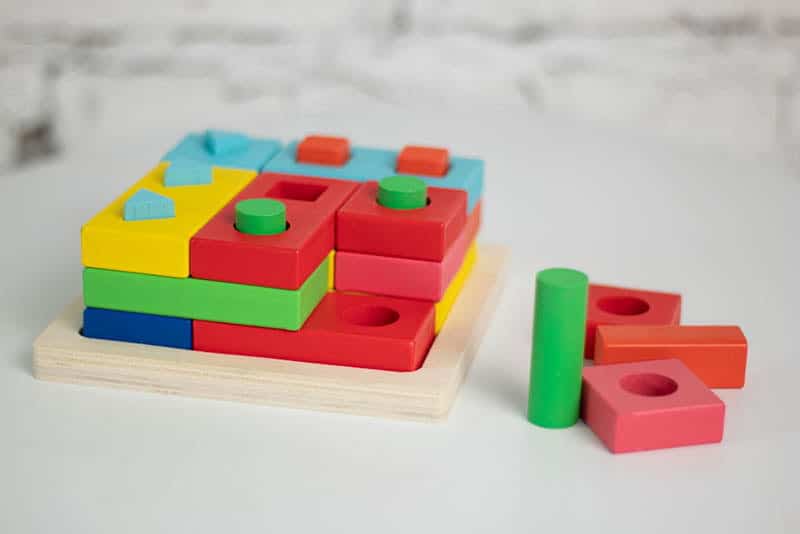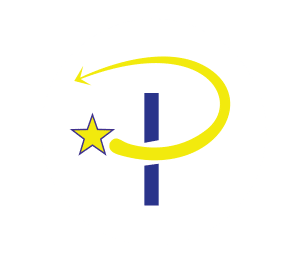The learning pyramid is a theory that was formulated by Edgar Dale for teaching the very young. This theory seeks to understand the most effective way for young learners to learn.
The theory proposes that, if we want knowledge to be deep and remain in the long term, it is not enough to use the old method of reading and memorization. Since children and adolescents have a great capacity to learn through experiences. Therefore, it is necessary to implement other ways of learning in the teaching methodology. Plus Project offers a wide range of Erasmus+ courses for teachers to give you the right tools to amplify your teaching skills.
One innovative way of teaching, that’s easily implemented is learning through playing, but the learning pyramid offers a wider range of activities. The learning pyramid is a theory that takes into account the different ways of learning and the level of retention that each one has. The learning pyramid does not intend to disregard those levels that have less retentive capacity, such as listening or reading. But it does propose to implement the other methods to make learning more effective.
It is known as a learning pyramid because of the level of retention that each learning process has. In other words, the higher we are at the top of the pyramid, the greater the difficulty of memorization and retention. While further down towards the base, the capacity for comprehension and retention is greater. Reading is at the top of the pyramid because it is the one that tends to leave less retention in students.
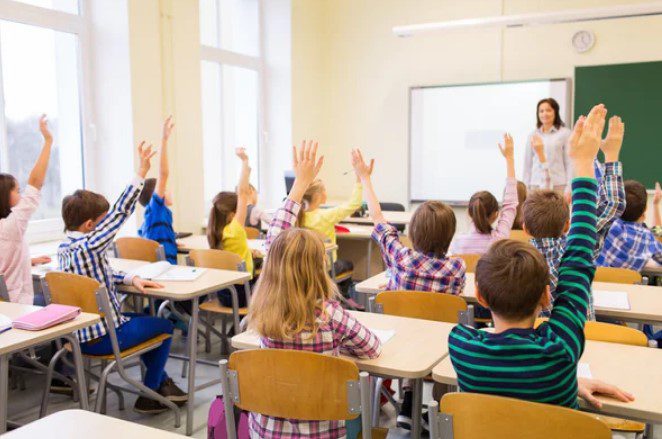
Read
Reading plays a very important role in learning. It has many benefits: it develops language skills, exercises the brain, improves reading comprehension, increases concentration, and develops both imagination and creativity. Individual reading is one of the most beneficial. Either silently or aloud.
Retention rate: 10%.
Audiovisual activity
At the next level we have audiovisual activities. These include documentaries or films that promote learning through various senses such as sight and hearing.
Audiovisual activities facilitate understanding and analysis of a topic. It also enhances observation of reality. In addition, it is a good way to motivate and make learning fun for students.
Retention rate: 20%.
Demonstrate
Through demonstration students can check facts for themselves. A good idea is to implement scientific experiments in our teaching methodology. That way, students will be able to see in practice how theory becomes reality. Retention capacity at this point can be up to 30%.
Retention level: 30%.
Conversation
Conversation is a natural way of learning. When two people converse about a topic, knowledge settles deeper in our brains. In addition, the challenge of having to converse about the topic improves the handling of the topic.
In this case, dialogues or opinions about a documentary, class or experiment can be implemented. In this stage, Cooperative Learning can be a key factor.
Retention level: 50%.
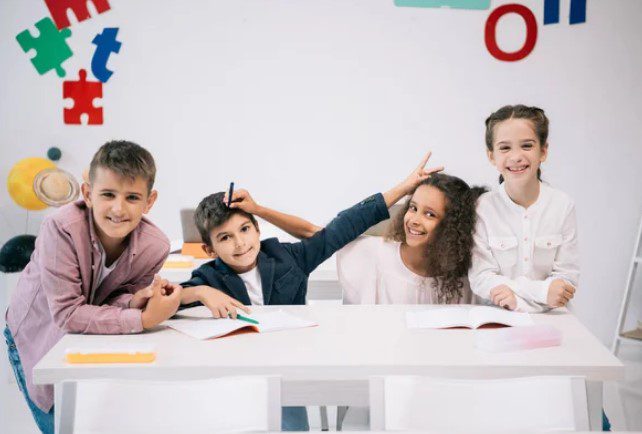
Argue
Argumentation in the learning process is very important and greatly favors the retention and management of information. First, it encourages students to express themselves freely about a topic. This clearly motivates them to feel confident and to be more participative. In addition, it can strengthen convictions and help a student get a handle on the topic.
Debates, in that sense, are perfect for developing argumentation skills.
Retention rate: 50%.
Practice
In this case, it is to perform some activity in which the students have to perform an activity: interpretation of a topic, writing, making a craft, playing a game, etc. Student participation is very important for their learning process.
Retention rate: 75%.
Teaching other students
At the base we have teaching other students. As the saying goes, “the best way to learn is to teach others”. And the same is true for our youngest learners. Teaching others allows our students to have a deeper understanding of the subject matter. In addition, they learn how to speak more clearly in order to be understood by others.
Retention rate: 90%.
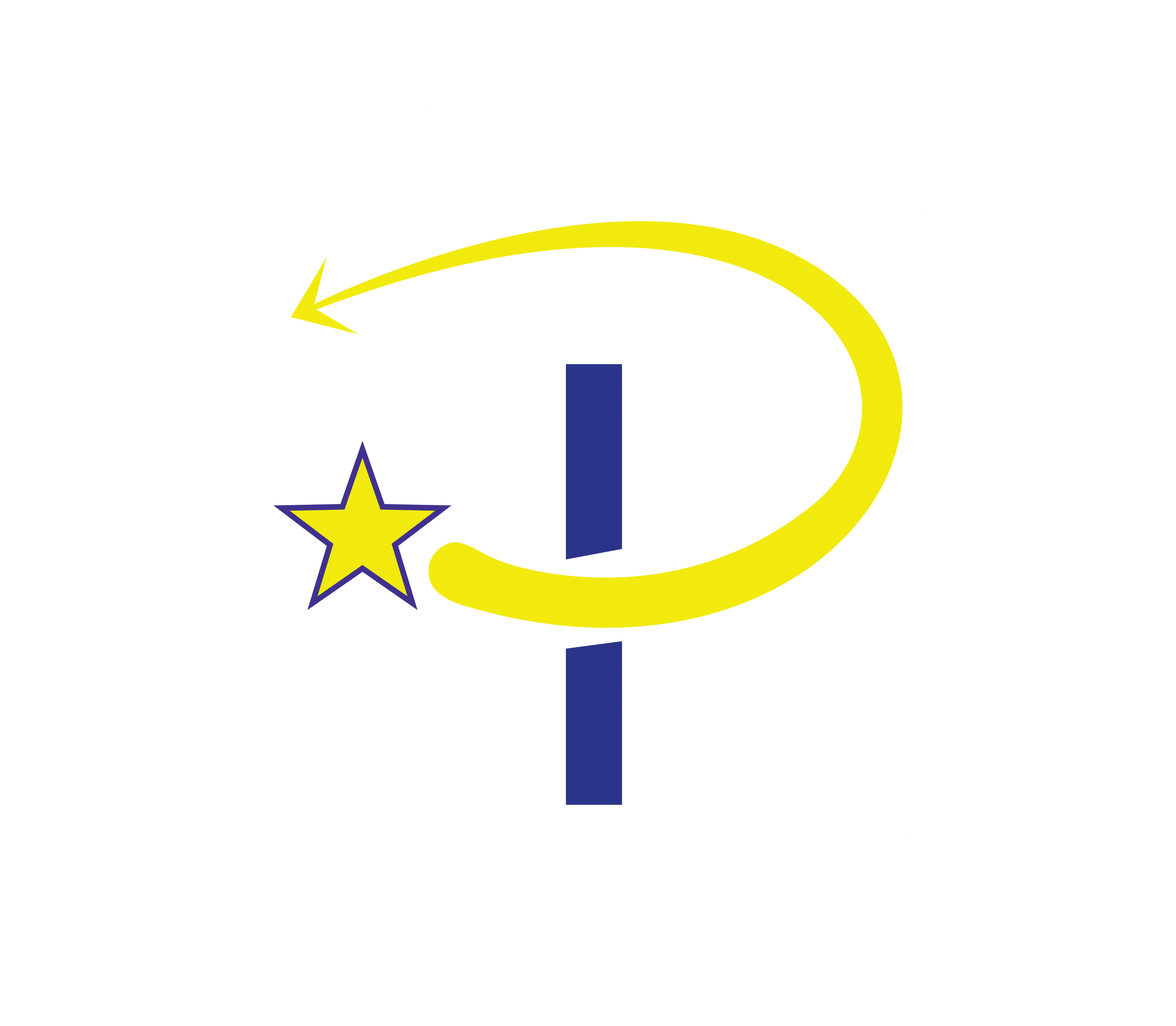
We at Plus Project are passionate about transforming the adult education landscape. As a premier training provider, we take pride in offering top-notch courses for teachers, aimed at sharpening their skills and expanding their knowledge. Our expert trainers use cutting-edge methods to deliver a dynamic and engaging learning experience, making us the ideal choice for teachers seeking professional growth and success. Join us on our mission to elevate the teaching profession, one course at a time.

